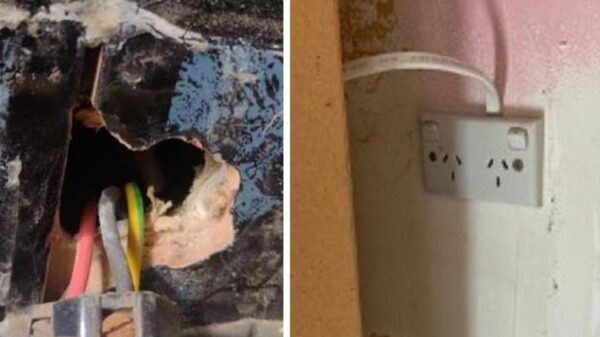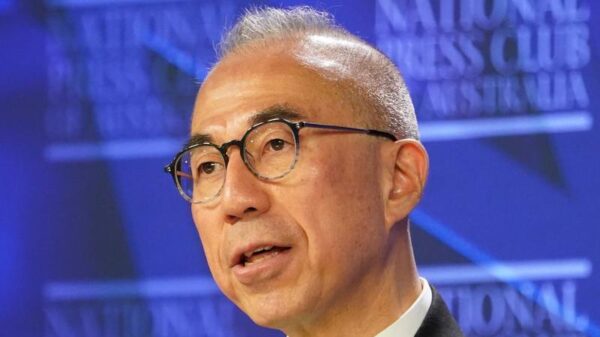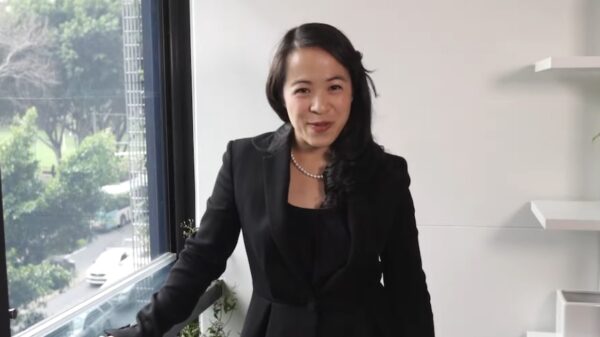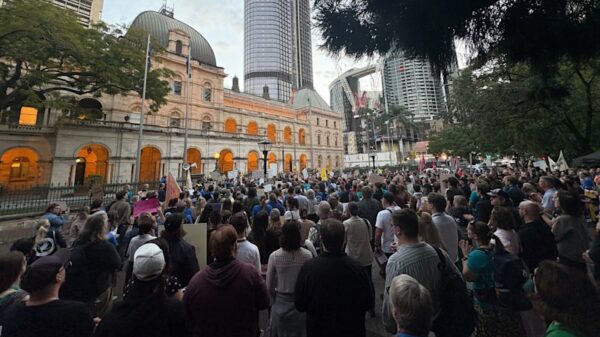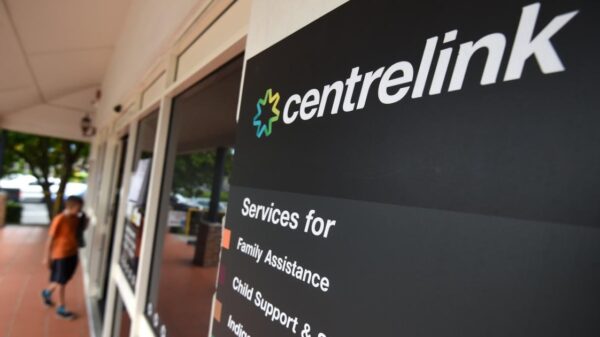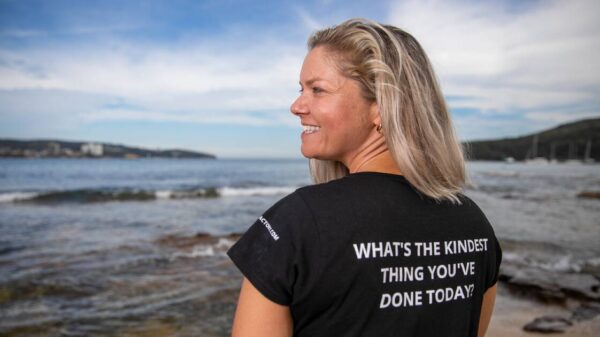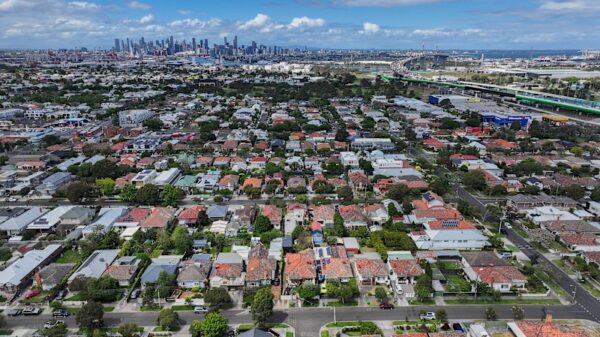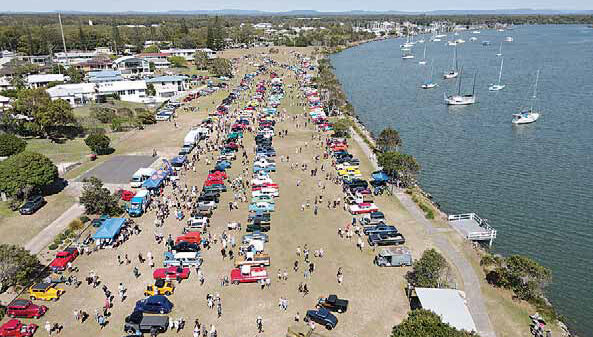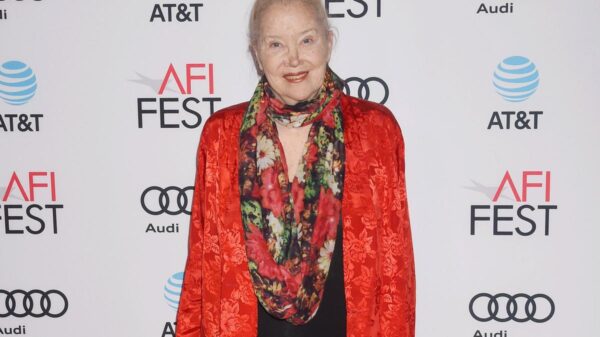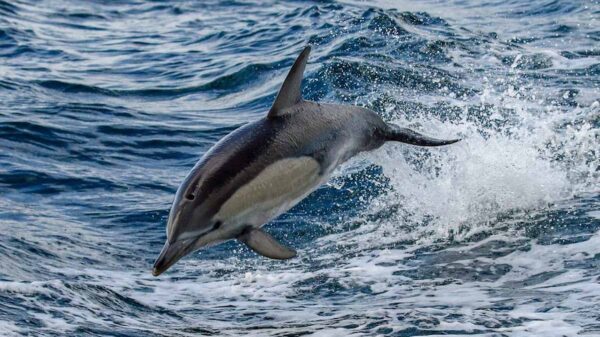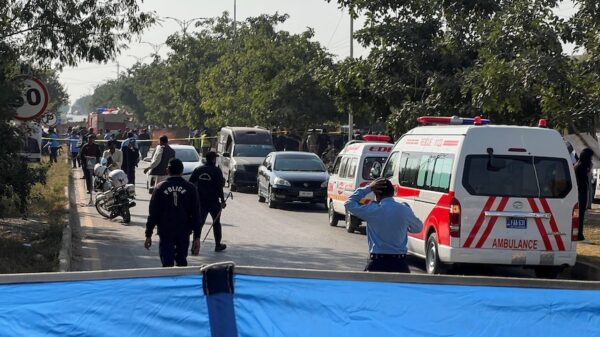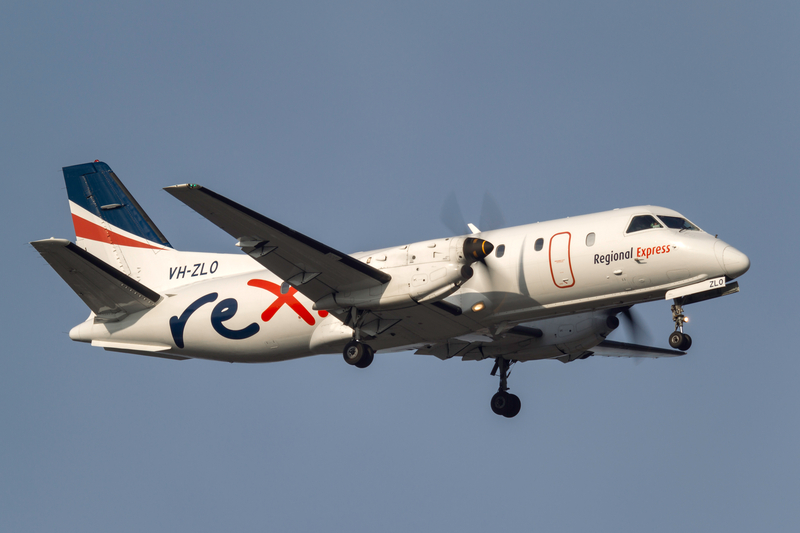URGENT UPDATE: Creditors of Regional Express Holdings Limited (Rex Group) have just approved a Deed of Company Arrangement (DOCA) proposed by Air T, marking a critical step towards transitioning ownership. The decision was confirmed during the Second Meeting of Creditors held on 11 November 2025 by joint administrators from EY Parthenon, including Sam Freeman, Justin Walsh, and Adam Nikitins.
This momentous approval allows the Rex Group to exit voluntary administration, with operational control and legal ownership expected to transfer to Air T before mid-December 2025. The deal encompasses essential operations, servicing 54 airports across Australia, including a pilot training school and the frequent flyer program, Rex Flyer.
Freeman emphasized the significance of the DOCA, stating it guarantees ongoing employment for existing staff and ensures continued trading with suppliers. “This is a superior outcome for all stakeholders involved, providing stability for employees and maintaining vital connections for remote communities,” he said.
The outcome follows a challenging 15-month period for Rex, during which the airline faced significant operational hurdles. The administrators expressed gratitude to staff, passengers, and the Australian Government for their support throughout the voluntary administration process.
However, in a critical development, creditors also voted to place Rex Airlines Pty Ltd, the entity managing Rex’s 737 capital city network, into liquidation, as it was not included in Air T’s acquisition proposal. This decision adds to the urgency surrounding the restructuring of the Rex Group as it strives to stabilize operations amid financial challenges.
As the transition unfolds, all eyes will be on how Air T implements its plans to revitalize the Rex operations and maintain its essential services for regional and remote communities in Australia. Stakeholders and employees alike are hopeful for a positive turnaround as the company moves forward under new ownership.
Stay tuned for further updates on this developing story and its implications for Australia’s aviation landscape.

